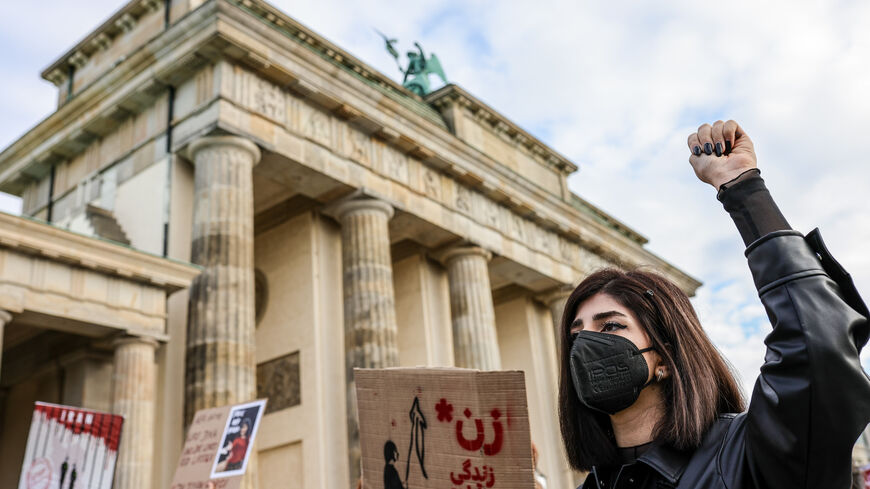Afshin Khani, the top foreign exchange official in the Central Bank of Iran, was removed from his post this week, less than one-year into his turbulent tenure.
Khani has been replaced by Mohammad Aram on Wednesday. He will be inheriting a fragile Iranian forex market, with the national currency, the rial, falling to an all-time low over the past few weeks.
As of Thursday, the US dollar was trading for over 384,000 rials across Iranian markets. The rate stood at around 330,000 in October and at 240,000 last August when hard-line President Ebrahim Raisi was inaugurated.
Prominent economists have called in recent weeks for Central Bank Governor Ali Salehabadi to resign, citing his perceived failure to absorb economic shocks and inconsistencies in his foreign exchange policy-making.
"Time to say goodbye," read a front-page headline in the Reformist newspaper Ham Mihan on Tuesday. The governor has been persistently dismissive of such demands. "I am firmly continuing with my duties," he declared on the sidelines of the ceremony where he announced the reshuffle.
The depreciation in the last few years in Iran's rial has been linked to the fate of the 2015 Iran nuclear deal, the Joint Comprehensive Plan of Action (JCPOA). During intervals of hope for the revival of the accord, the rial enjoyed stable days. In recent months, however, fears have grown that the window for reviving the deal is rapidly closing.
Negotiations have been suspended, as the West and Iran traded blame, and Tehran's prospects for sanctions relief and a direly needed boost to the rial's value have only grown dimmer.
Coupled with the JCPOA's fate, the rial's latest decline is being further exacerbated by the ongoing unrest that has rocked the nation since mid-September, when 22-year-old Kurdish-Iranian woman Mahsa Amini died in morality police custody. The protests that initially began against the mandatory hijab policy quickly turned into demands for fundamental rights and the overthrow of the ruling establishment.
Entering their fourth month, the unrest has marked the longest consistent period of anti-government upheaval in the history of the Islamic Republic since coming to power in 1979. The uncertainties arising from the turmoil and a conceivable specter of regime change have seen many Iranians rush to exchange their rials for safer deposits, including US dollars, to protect the value of their assets. The consequent skyrocketing demand for foreign currencies amid limited reserves due to international banking sanctions have accelerated the rial's nosedive.
Iranians are also expressing worry on social media about their dwindling purchasing power, fearing that price tags may not yet have felt the real impact of the rial's devaluation.
While the government has promised to restore stability in the forex market, the activists in the protest movement are scrambling to take the struggle to an new stage, urging ordinary Iranians to withdraw cash savings from state banks to deal a blow to the ruling system's economic pillars and bring about its ultimate collapse.







